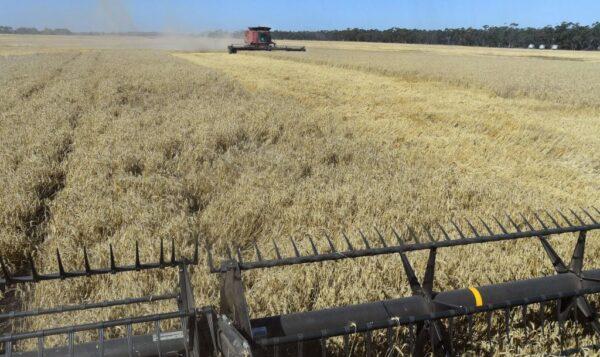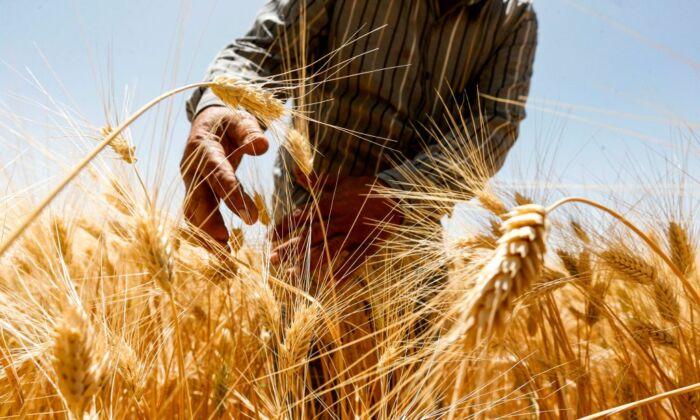Australian researchers have discovered a new method that could allow the growth of more wheat in harsher climates, according to a new report.
However, modern varieties of semi-dwarf wheat that farmers typically harvest find it harder to sprout when planted more deeply.
Semi-dwarf wheat was developed in the 1940s-50s by Norman Borlaug, an American agricultural scientist and Nobel Peace Prize winner, to increase yields.
This genetically modified wheat variety is shorter and stronger than normal wheat, making it less vulnerable to breakage from weight or wind.
The team of four researchers from the Commonwealth Scientific and Industrial Research Organisations (CSIRO) identified new genes that have longer coleoptiles, the protective sheath that covers the emerging shoot, suitable for deep sowing.
“We predict that these genotypes, coupled with deep sowing, can increase national wheat yields by 18 to 20 percent under historical climate (1901-2020), without increased yield variability, with benefits also projected under future warming,” the research team concluded from 120 years of Australian weather data.
These newly discovered wheat genes could facilitate the growing of wheat in hotter and drier climates, not only around Australia but also in other dryland wheat production regions around the world.

Chief research scientist at CSIRO, Greg Rebetzke, who was involved in the research for 25 years, said the study identified how wheat could be produced in a changing climate, with more resilient varieties.
Rebetzke said the CSIRO developed the new genetics for longer coleoptiles, which were given to crop breeding companies around three years ago.
“The hollow tube grows through the hard dry soil and when it reaches the surface, the wheat plant can then grow through that straw safely to emerge safely above the ground,” he said.
The new wheat variety is able to develop a shoot of up to 15 centimetres (6 inches), just less than double the length current wheat varieties have, around six to nine centimetres.
“That depth really does allow growers greater flexibility and assurance independent of the season,” Rebetzke said.
He said that being able to plant wheat at a deeper level should have a significant impact on the potential production volume.
Further, it could add more than $2 billion (US$1.4 billion)annually to Australia’s wheat industry by ensuring crop geminates on time even if rainfall is delayed.
“There’s strong interest in the work globally because across the world increasingly warmer and drier soil temperatures are risking crop failure,” he said.
For example, Canada, which is typically one of the world’s biggest wheat suppliers, is expected to have its worst wheat output in 14 years in 2021-22 on the back of one of the hottest and driest summers on record.






Friends Read Free